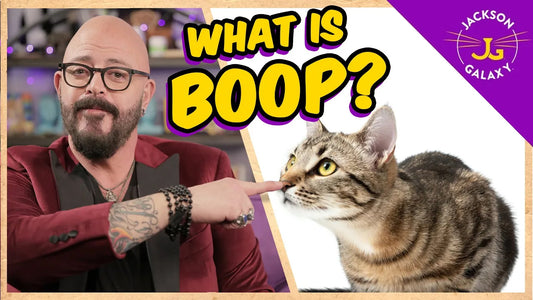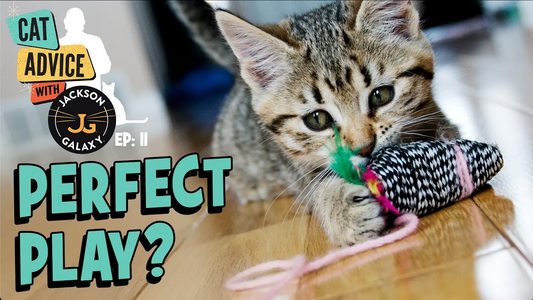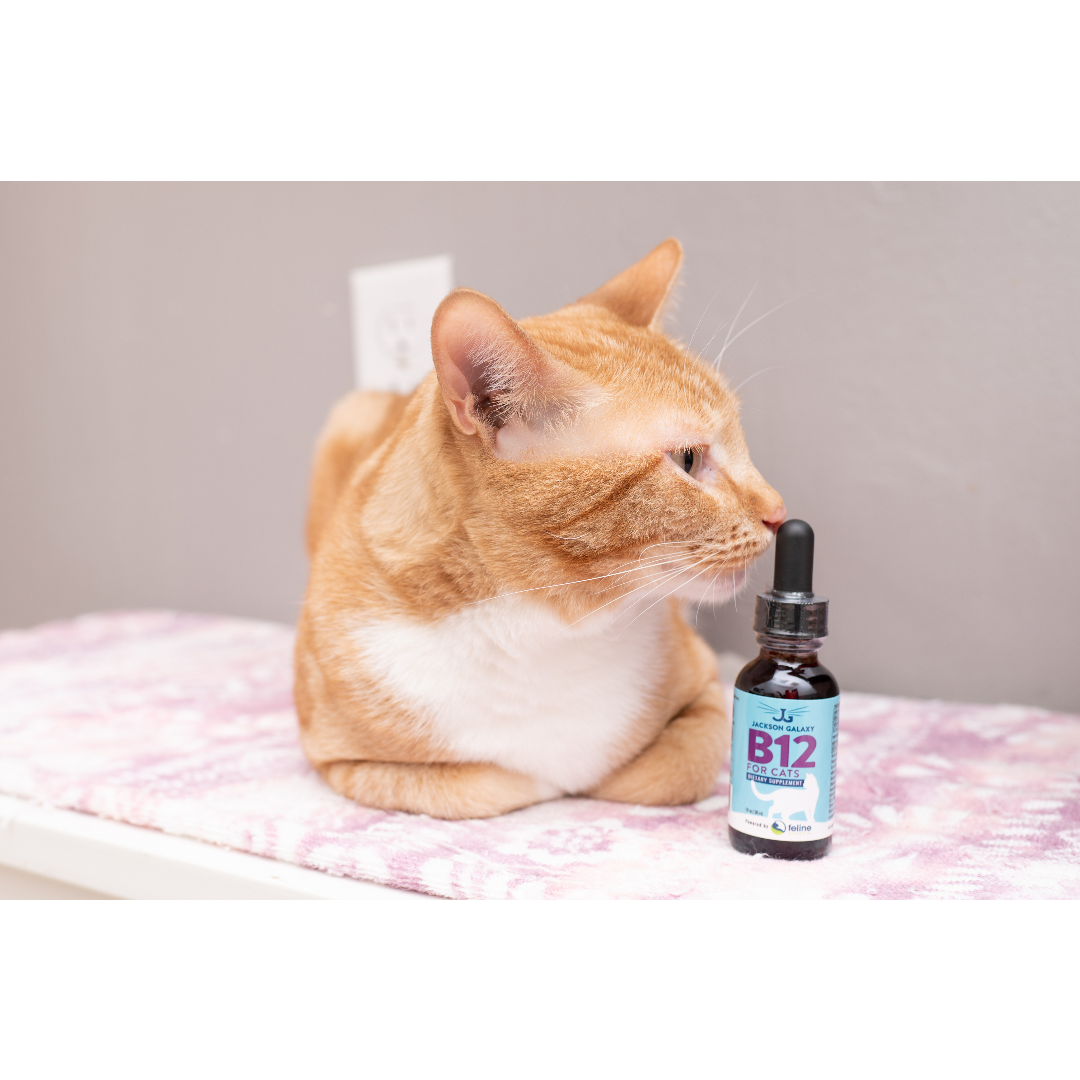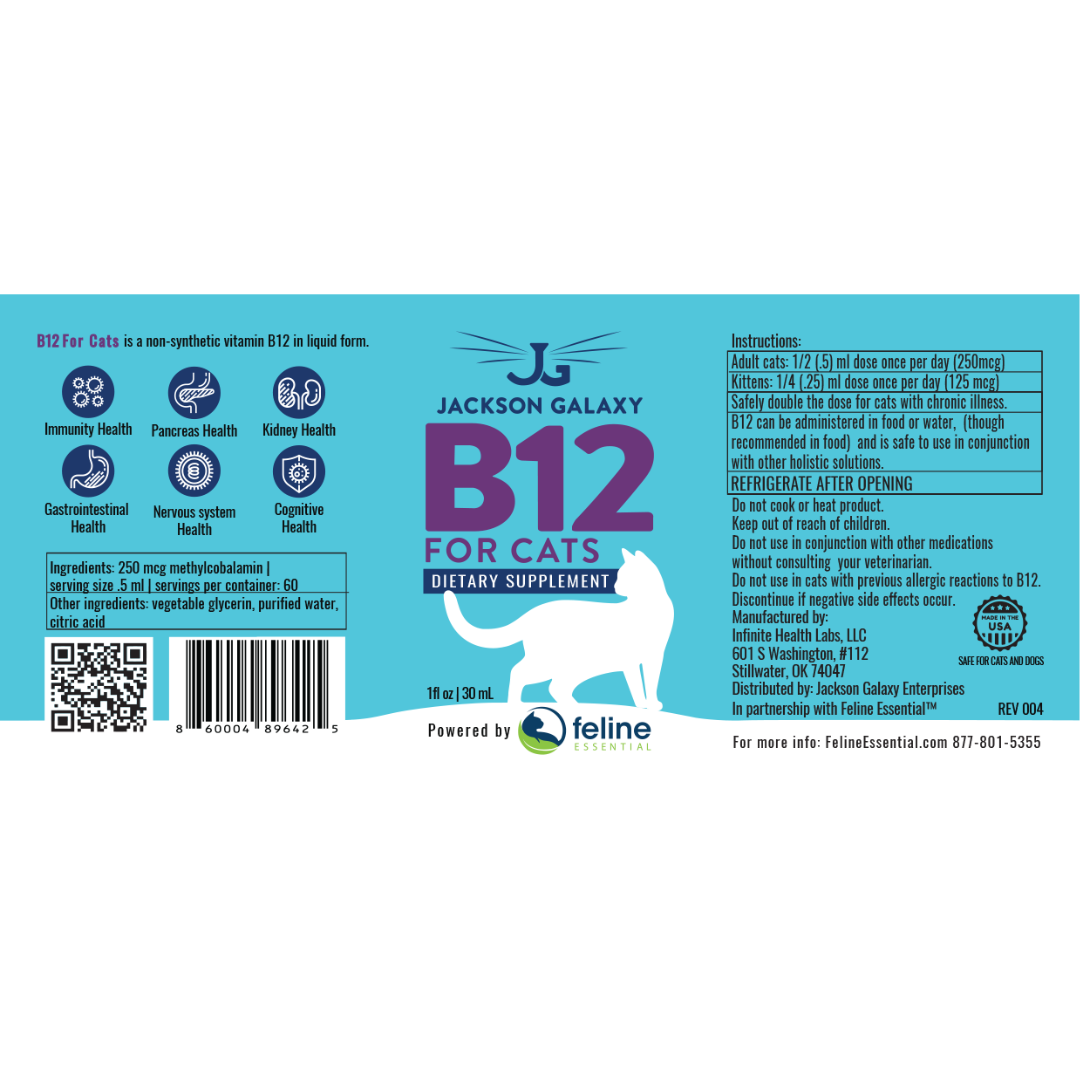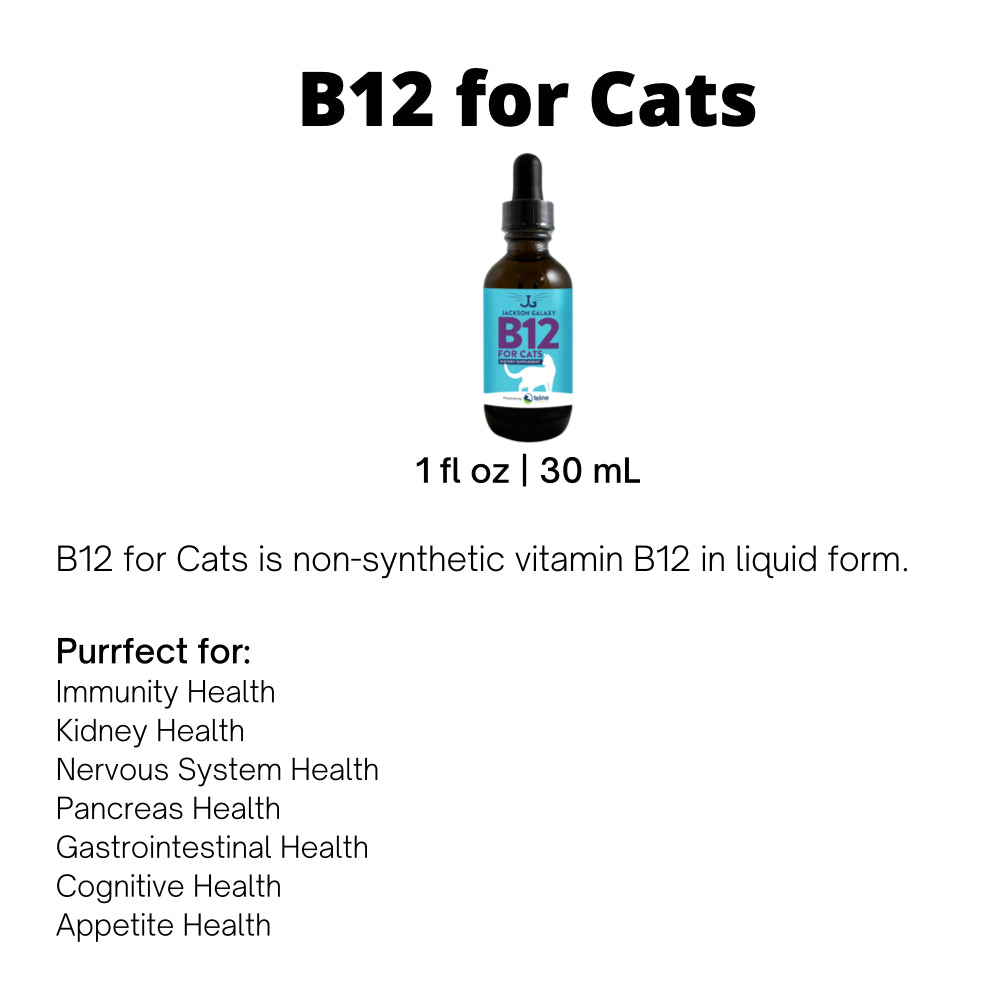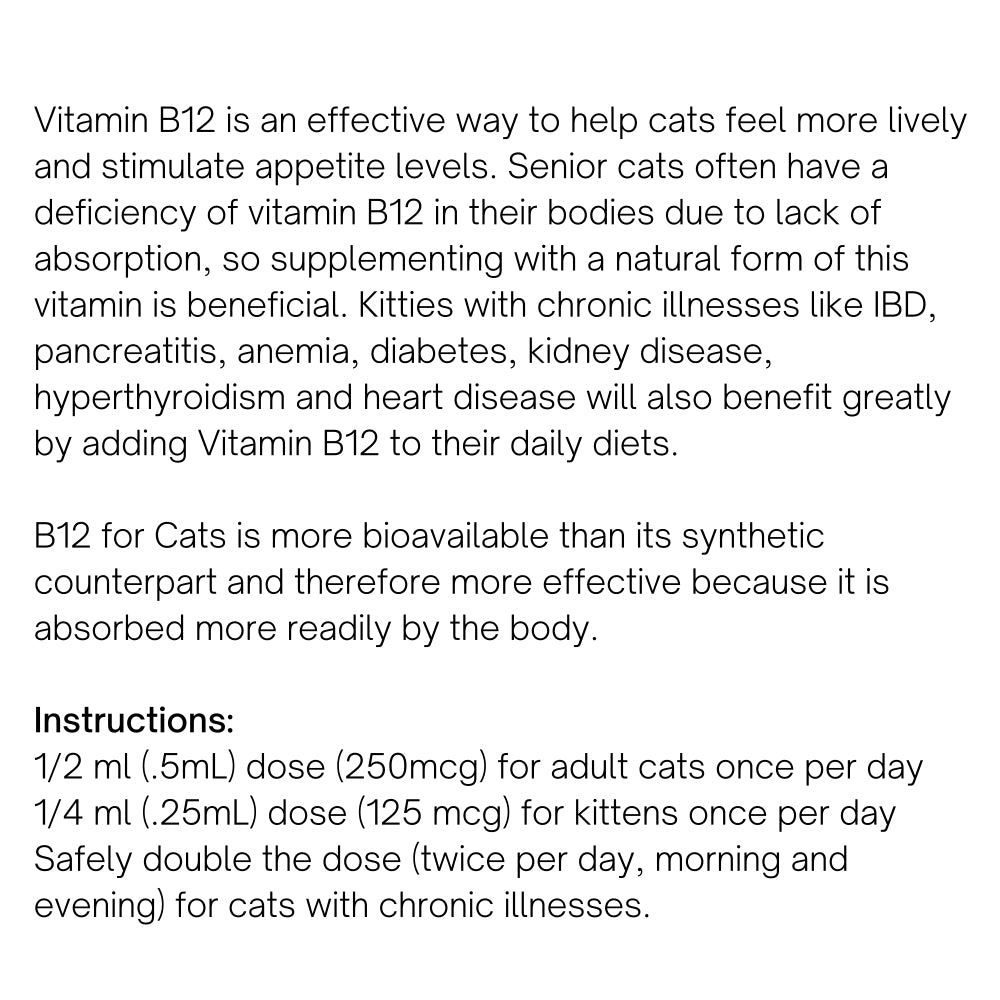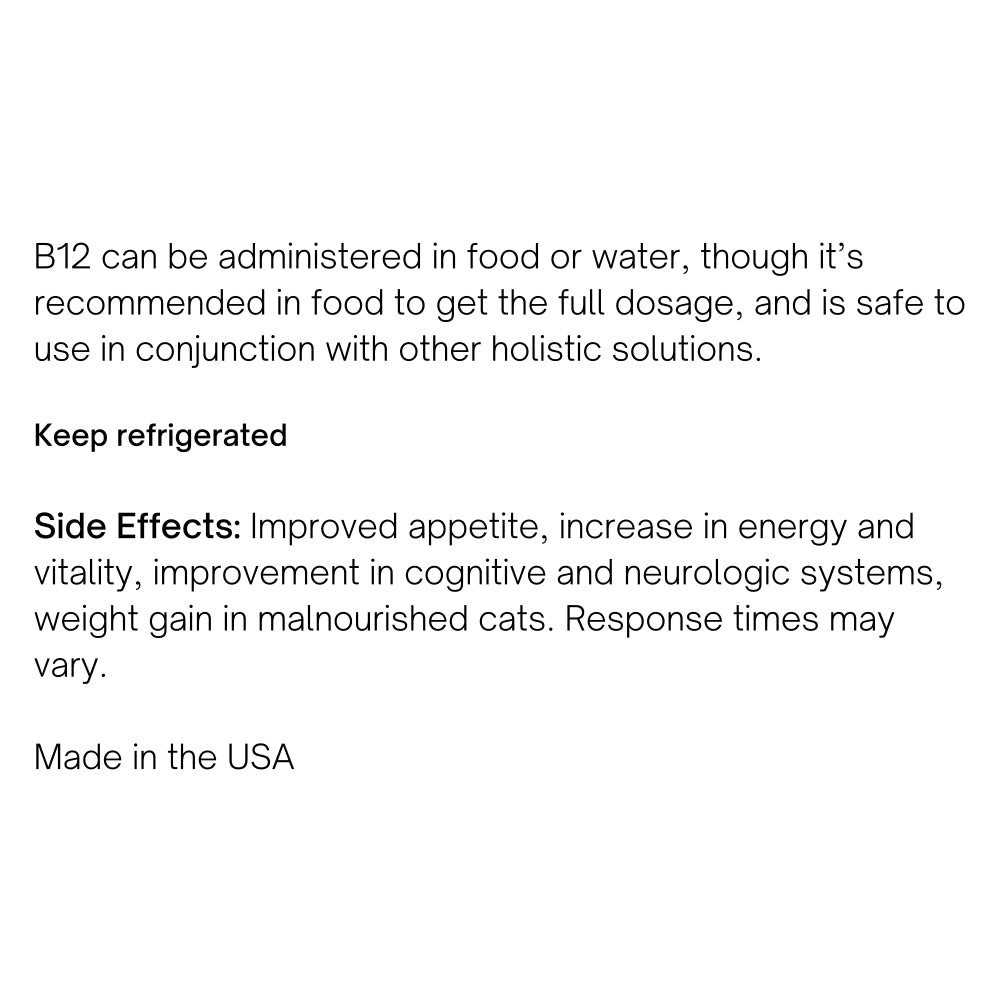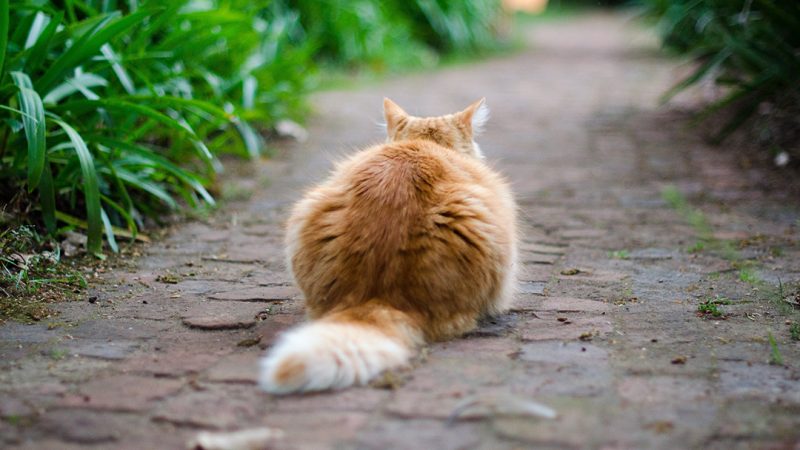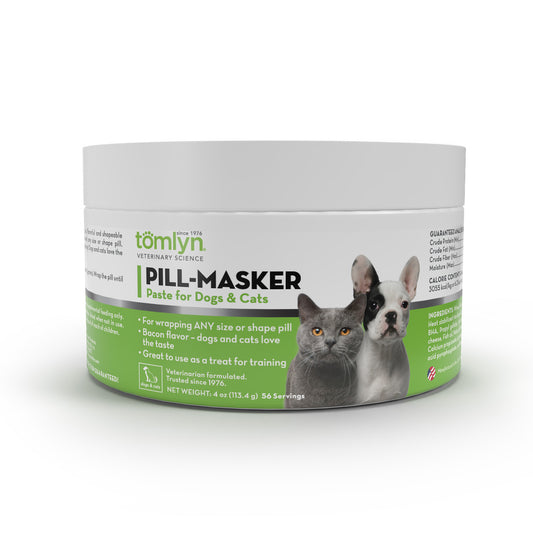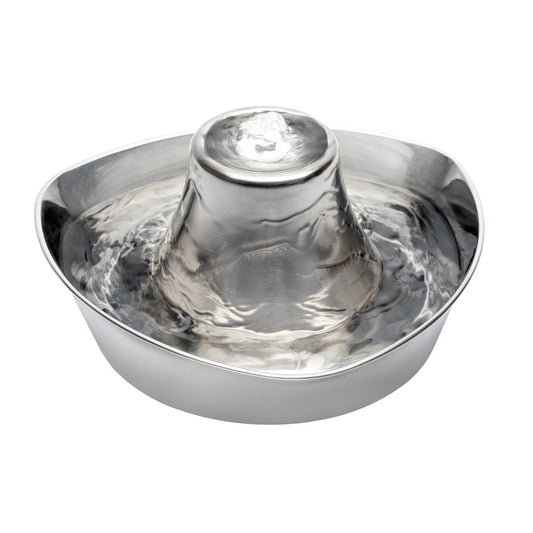Feline hyperthyroidism has risen to epidemic proportions since the first cases were diagnosed in 1979. Hyperthyroidism (hyper = too much, thyroid = a hormone-making gland), is seen mostly in older cats age 10 or more.
In humans, the thyroid is an H-shaped gland located at the base of the throat. Its position is the same in cats, but the shape is different: it’s missing the crossbar of the H, so there are actually two glands, one on each side of the trachea. Many cats have extra thyroid tissue in other places as well, often at the top of the rib cage just inside the chest.
Thyroid hormone regulates the body’s basic metabolic rate. Too much of it is like drinking too much coffee—it speeds up every reaction in the body.
Symptoms of Feline Hyperthyroidism
Hyperthyroidism is typically the result of a benign thyroid tumor. Because the tumor cells are relatively normal, they continue to produce thyroid hormones, resulting in a high level in the blood. The most common symptoms of hyperthyroidism are:
- Increased appetite
- Weight loss, often despite eating more
- Increased heart rate
- Anxiety or hyper behavior
- Howling at night
- Increased thirst and urination
- Vomiting
- Diarrhea
Not all cats will have all symptoms, and about 20% of hyperthyroid cats will be sluggish and depressed instead of hyperactive. Untreated, hyperthyroidism can cause a serious heart problem called hypertrophic cardiomyopathy (thickened, enlarged heart) that can ultimately be fatal.
Diagnosing Feline Hyperthyroidism
In some cats, your veterinarian may be able to palpate an enlarged thyroid gland. However, hyperthyroidism is definitively diagnosed by blood tests. It is common to also see elevated liver enzymes in hyperthyroid cats, so this may also help with the diagnosis.
Causes of Hyperthyroidism in Cats
Many theories have been proposed to explain the dramatic rise in feline thyroid disease. Because so many cats are affected, the focus has been on widespread, environmental causes.
Food: Several studies found an increased likelihood of developing thyroid disease in cats who eat a lot of canned food. Specifically, they found a higher incidence of hyperthyroidism in cats that ate fish or “giblet” canned foods. “Giblet” is another name for organ meats, which are commonly listed on pet food labels as “by-products.”
Feeding canned food is very important to an older cat’s overall health, but it may be wise to stick to poultry, beef and lamb flavors that don’t contain giblets or by-products.
Iodine: Another theory implicates the large excess of iodine found in many cat foods. Humans can develop hyperthyroid disease from too ingesting much iodine; might cats do the same? Iodine is difficult and expensive to test for; instead, pet food makers routinely add extra, just to make sure that minimums are met. But how much is too much? So far, nobody knows.
BPA: BPA and similar compounds found in can linings can leach out into the food and cause toxicity. It is difficult to know which foods may be affected and to what degree, although you can call manufacturers for current information.
Polybrominated Diphenyl Ethers (PBDEs): Another study suggested that fire-retardant chemicals known as PBDEs may be a factor in feline hyperthyroidism—even though the study itself states “no association was detected between hyperthyroid cats and PBDE levels.” The authors note that PBDEs were introduced at about the same time hyperthyroidism was first described in cats. The rate of feline hyperthyroidism has roughly paralleled the use of PBDEs in other countries as well.
Cats were hypothesized to be exposed to the PBDEs in carpets, upholstery, and mattresses—and the dust mites that live in these fabrics. Electronic equipment, which attracts dust, is also a suspect. Since these tend to be cats’ favorite places to nap, their exposure could be high and prolonged. Subsequent grooming would then cause the cat to ingest a fairly large amount of dust. This may explain why hyperthyroidism is also more common in indoor cats.
Treating Feline Hyperthyroidism
There are four primary treatment options for hyperthyroidism:
Methimazole is a medication that can be given in tablet form or as a topical gel that you rub on the inside of the cat’s ears. While this is initially the least expensive option, maintenance can become costly over time.
Thyroidectomy is the surgical removal of the thyroid glands. Often only one of the cat’s two glands is involved and can be safely removed. However, there is a significant risk that the second gland will ultimately develop disease and need to be removed later. Additionally, even cats who have had both thyroids removed can still become hyperthyroid again.
Radioactive Iodine is the most definitive treatment. The thyroid accumulates large amounts of iodine in order to produce hormones. A single injection of radioactive iodine will be hoarded by thyroid cells and kill them, theoretically curing the disease permanently. Most cats tolerate this procedure well and do not need thyroid supplementation. This treatment is very expensive and regulations require that the cat be kept in the hospital for several days; however, it may save money in the long run because no further treatment is needed in most cats.
Therapeutic diet is a relatively new option, with Hill’s Prescription Diet y/d canned and dry. Hill’s claims that this diet, fed exclusively, will normalize a hyperthyroid cat’s hormone levels within 3 weeks. The diet is not recommended for cats without the disease, and it does not satisfy the AAFCO nutrient profiles for cat food, which can be bypassed by a feeding test. AAFCO feeding tests require feeding the test diet to a minimum of 8 cats for 6 months; apparently in this case, it was fed to 14 cats for a year, and to one cat for five years. Given the small sample size, this study is not statistically powerful.
As is usual for Hill’s products, the ingredients of the dry food are terrible: mostly GMO vegetable proteins and no meat at all in order to reduce both iodine and phosphorus. The canned food is somewhat better since it contains actual chicken in addition to the usual meat by-products and grains. Ingredients that are typically high in fire retardant contamination (fish, poultry by-products) are avoided; and Hill’s states that the cans are BPA free.
Complications with Feline Hyperthyroidism
Since hyperthyroid cats are typically older, many also have underlying kidney disease that may or not be obvious. The increased blood flow caused by hyperthyroidism can actually help the kidneys and keep them functioning at a fairly normal rate. Any treatment that lowers the thyroid levels will also lower blood pressure and blood flow. This can unmask kidney disease that was always there but not detectable.
Because surgery and iodine treatments are irreversible, a few weeks of treatment with methimazole is usually a prerequisite. A cat with both kidney disease and hyperthyroidism is a challenge to manage; you’ll need to work closely with your veterinarian if this is the case.
This post is by Dr. Jean Hofve, DVM, holistic veterinarian and original founder of Spirit Essences holistic remedies for animals, now known as Jackson Galaxy Solutions. For more of Jean’s work, please visit her website.

